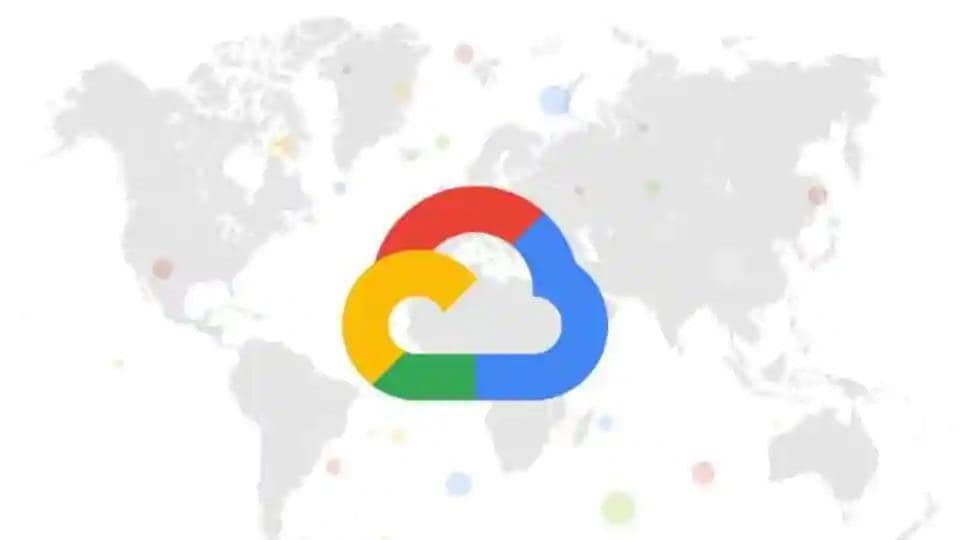AT&T partners with Google Cloud for 5G edge computing
AT&T’s 5G network currently covers 80 million people in the United States.

AT&T Inc has partnered with Alphabet Inc's Google Cloud to use 5G edge computing technologies to help clients improve speed and increase security by running applications closer to end users.
The process of allowing data to be analyzed where it was created before moving to the cloud is known as edge computing, which to be effective, needs speedy wireless connection, and tuning it up with 5G solves the problem.
AT&T's 5G network currently covers 80 million people in the United States.
Companies would be able to use edge computing to process huge amounts of data generated from the internet of things (IoT) gadgets - where devices and appliances are controlled over networks.
Gartner predicts that 75% of all data generated by enterprises will be processed outside the traditional cloud by 2025.
"Our co-innovation with AT&T aims to bring a multitude of 5G and Edge Computing solutions to address a diversity of use cases, driving real business value in industries like retail, manufacturing, gaming and more," Google Cloud Chief Executive Thomas Kurian said in a statement.
Catch all the Latest Tech News, Mobile News, Laptop News, Gaming news, Wearables News , How To News, also keep up with us on Whatsapp channel,Twitter, Facebook, Google News, and Instagram. For our latest videos, subscribe to our YouTube channel.






























